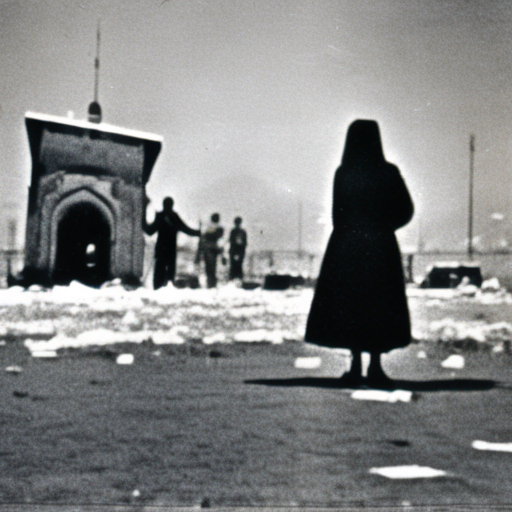Summary: The Iran hostage crisis was a diplomatic standoff between the United States and Iran that lasted from 1979 to 1981. It began when a group of Iranian students stormed the U.S. Embassy in Tehran and took 52 American diplomats and citizens hostage. The crisis had a significant impact on U.S.-Iran relations and played a major role in shaping the political landscape of both countries.
Background:
The roots of the Iran hostage crisis can be traced back to the 1953 coup in Iran, which overthrew the democratically elected Prime Minister Mohammad Mossadegh and installed Shah Mohammad Reza Pahlavi as the ruler. The Shah’s regime was seen as oppressive and corrupt by many Iranians, leading to widespread discontent. In 1979, a revolution led by Ayatollah Ruhollah Khomeini toppled the Shah’s government and established an Islamic republic.
The Hostage Crisis:
On November 4, 1979, a group of Iranian students, supporting the Islamic Revolution, stormed the U.S. Embassy in Tehran. They demanded the extradition of the Shah, who was receiving medical treatment in the United States, and the return of his assets. The students took 52 Americans hostage and released others, including women and African Americans, within a few weeks.
International Response:
The hostage crisis received widespread international attention and condemnation. The United Nations Security Council passed a resolution calling for the immediate release of the hostages, but Iran refused to comply. The crisis strained relations between the United States and Iran, with the U.S. imposing economic sanctions and severing diplomatic ties.
Failed Rescue Attempt:
In April 1980, the U.S. launched a military operation, known as Operation Eagle Claw, to rescue the hostages. However, the mission ended in failure when a helicopter crashed in the Iranian desert, resulting in the deaths of eight American servicemen. The failed rescue attempt further escalated tensions between the two countries.
Release of the Hostages:
After 444 days in captivity, the hostages were finally released on January 20, 1981, just minutes after President Jimmy Carter left office and Ronald Reagan was inaugurated as the new President of the United States. The release was negotiated through diplomatic channels and involved the unfreezing of Iranian assets and the signing of the Algiers Accords.
Impact:
The Iran hostage crisis had a profound impact on both the United States and Iran. In the United States, it damaged President Carter’s reputation and contributed to his defeat in the 1980 presidential election. It also led to a shift in U.S. foreign policy towards Iran, with the U.S. adopting a more confrontational approach.
In Iran, the hostage crisis solidified the power of the Islamic regime and further strained relations with the United States. The crisis also had a lasting impact on the Iranian economy, as the U.S. imposed economic sanctions that severely affected Iran’s ability to trade internationally.
Legacy:
The Iran hostage crisis continues to shape U.S.-Iran relations to this day. It created a deep mistrust between the two countries that has persisted for decades. The crisis also highlighted the vulnerability of diplomatic missions and led to increased security measures at U.S. embassies worldwide.
In conclusion, the Iran hostage crisis was a significant event in modern history that had far-reaching consequences. It strained relations between the United States and Iran, resulted in the loss of American lives, and had a lasting impact on the political landscape of both countries.












